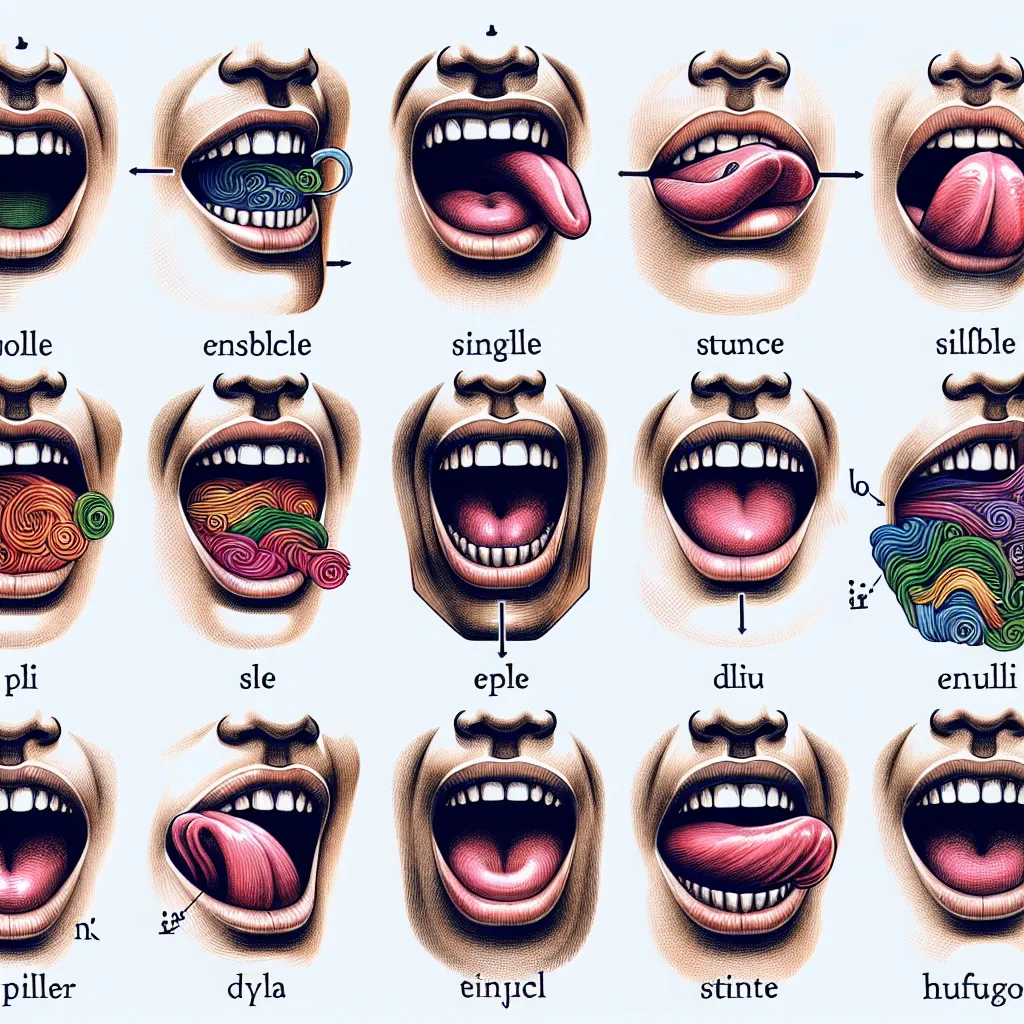Are you struggling with English pronunciation? Don’t worry; you’re not alone. Many language learners find pronunciation to be one of the most challenging aspects of mastering English. In this comprehensive guide, we’ll explore effective strategies and techniques to help you improve your English pronunciation, regardless of your current level.
Understanding the Importance of Pronunciation
Proper pronunciation is crucial for effective communication in English. It not only helps you be understood more easily but also boosts your confidence when speaking. Good pronunciation can make a significant difference in your personal and professional life, especially if you’re planning to study or work in an English-speaking environment.
The Basics of English Pronunciation
Before diving into improvement strategies, let’s review some fundamental concepts:
- Phonemes: These are the individual sounds that make up words in English.
- Stress: This refers to the emphasis placed on certain syllables within words.
- Intonation: The rise and fall of your voice when speaking.
- Rhythm: The overall pattern of stressed and unstressed syllables in speech.
Understanding these elements is crucial for mastering English pronunciation.
 English Pronunciation Basics
English Pronunciation Basics
Common Pronunciation Challenges
Many non-native speakers face similar challenges when it comes to English pronunciation:
- Th-sound: Words like “think” and “this” can be tricky.
- Silent letters: Examples include the ‘k’ in “knife” or the ‘b’ in “comb.”
- Vowel sounds: English has many vowel sounds that may not exist in your native language.
- Word stress: Incorrectly stressing syllables can change the meaning of words.
Recognizing these challenges is the first step towards improvement.
Effective Methods to Improve Your Pronunciation
Now that we understand the basics and common challenges, let’s explore some effective methods to enhance your English pronunciation.
1. Listen and Repeat
One of the most straightforward yet effective techniques is the listen-and-repeat method. Here’s how to do it:
- Choose audio materials from native speakers (podcasts, audiobooks, or YouTube videos).
- Listen carefully to how words and phrases are pronounced.
- Pause after short segments and try to mimic what you’ve heard.
- Record yourself and compare your pronunciation to the original.
This method helps train your ear and mouth to recognize and produce correct sounds. For more detailed strategies on using podcasts for pronunciation practice, check out our article on how to practice English pronunciation with podcasts.
2. Use Pronunciation Apps and Online Tools
Technology can be a great aid in improving your pronunciation. Some popular tools include:
- Forvo: An online pronunciation dictionary with native speaker recordings.
- ELSA Speak: An AI-powered app that provides personalized pronunciation feedback.
- Google Translate: Offers pronunciation audio for most words and phrases.
These tools can provide instant feedback and allow you to practice at your own pace.
3. Focus on Mouth Positioning
The position of your tongue, lips, and jaw greatly affects your pronunciation. Try these exercises:
- Practice in front of a mirror to observe your mouth movements.
- Watch videos of native speakers pronouncing difficult sounds.
- Pay attention to how your mouth feels when producing different sounds.
Understanding the physical aspects of pronunciation can lead to significant improvements.
 Mouth Positioning Guide
Mouth Positioning Guide
4. Master the International Phonetic Alphabet (IPA)
The IPA is a standardized representation of sounds in any spoken language. Learning it can help you:
- Understand the exact pronunciation of words in dictionaries.
- Recognize and produce sounds that don’t exist in your native language.
- Improve your overall pronunciation accuracy.
While it may seem daunting at first, mastering the IPA can be a game-changer for your pronunciation skills.
5. Practice Minimal Pairs
Minimal pairs are words that differ by only one sound. Practicing these can help you distinguish between similar sounds:
- “Ship” vs. “Sheep”
- “Bat” vs. “Bad”
- “Think” vs. “Sink”
Create lists of minimal pairs focusing on sounds you find challenging and practice them regularly.
Quick Tips for Pronunciation Improvement
Here are some additional tips to boost your pronunciation skills:
- Slow down: Speaking slowly allows you to focus on each sound.
- Exaggerate at first: Over-emphasizing sounds can help you get used to new mouth positions.
- Record yourself: Listen to your recordings to identify areas for improvement.
- Join language exchange groups: Practice with native speakers for real-world feedback.
- Read aloud: This helps you practice fluency and connect written words with their sounds.
For more quick tips and strategies, visit our article on pronunciation tips for non-native speakers.
Common Pronunciation Errors and How to Fix Them
Let’s look at some frequent pronunciation mistakes and how to correct them:
- Th-sound: Place your tongue between your teeth and blow air out.
- Silent letters: Learn common patterns (e.g., ‘k’ before ‘n’ is usually silent).
- Word stress: Use online dictionaries that mark stress patterns.
- Final consonants: Practice ending words clearly, especially ‘t’, ‘d’, and ‘ed’ endings.
- Schwa sound: Learn to recognize and produce this common unstressed vowel sound.
Remember, awareness is key to improvement. Once you identify your specific challenges, you can focus on targeted practice.
The Phonemic Chart and Commonly Mispronounced Words
Understanding the phonemic chart can greatly enhance your pronunciation skills. Here’s a simplified version of the English phonemic chart:
[Insert a simplified phonemic chart here]
Now, let’s look at 10 commonly mispronounced English words related to learning and improvement:
- Pronunciation (/prəˌnʌnsiˈeɪʃən/)
- Technique (/tekˈniːk/)
- Fluency (/ˈfluːənsi/)
- Vocabulary (/vəˈkæbjələri/)
- Intonation (/ˌɪntəˈneɪʃən/)
- Rhythm (/ˈrɪðəm/)
- Emphasis (/ˈemfəsɪs/)
- Practice (/ˈpræktɪs/)
- Improvement (/ɪmˈpruːvmənt/)
- Confidence (/ˈkɒnfɪdəns/)
Practice these words using the phonetic transcriptions provided. For a deeper dive into mastering specific sound combinations, check out our article on strategies for mastering English diphthongs.
Conclusion
Improving your English pronunciation is a journey that requires patience, practice, and persistence. By understanding the basics, using effective methods, and focusing on your specific challenges, you can make significant progress. Remember, the key is consistent practice and a willingness to learn from your mistakes.
We encourage you to try the techniques and tips outlined in this guide and to explore our other resources on pronunciation improvement. For more in-depth strategies on rapidly enhancing your pronunciation skills, don’t miss our article on how to improve English pronunciation quickly.
Keep practicing, stay motivated, and soon you’ll notice a remarkable improvement in your English pronunciation. We’d love to hear about your experiences and progress in the comments below!




